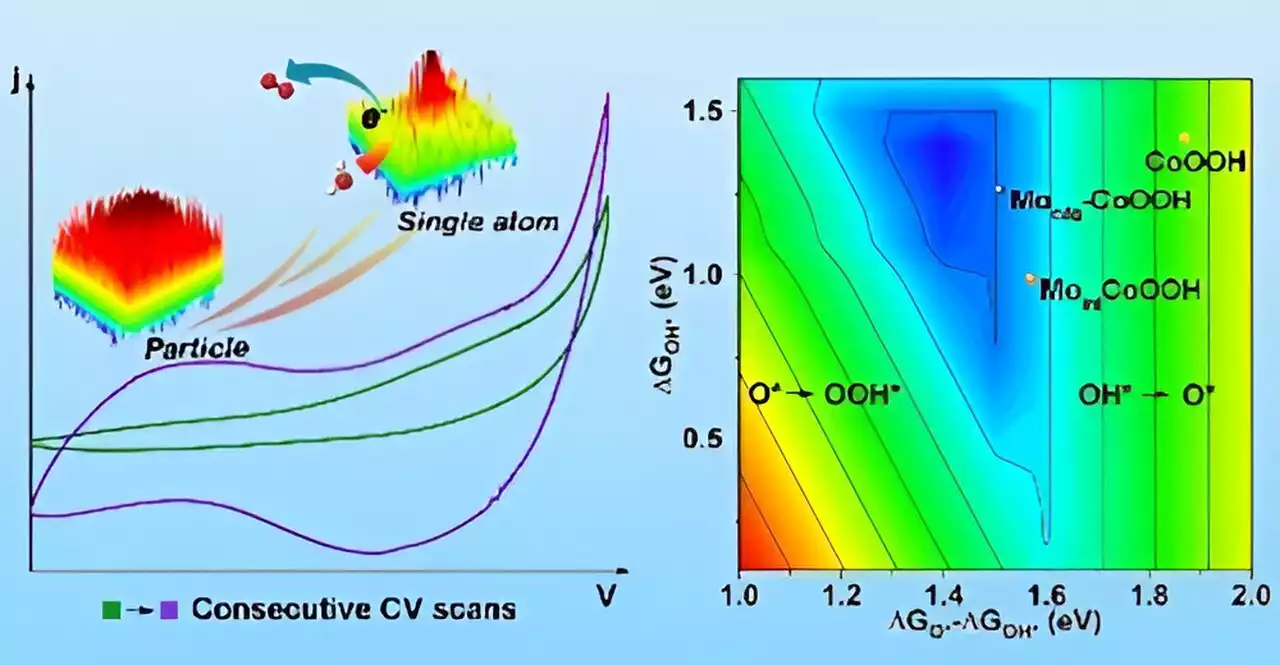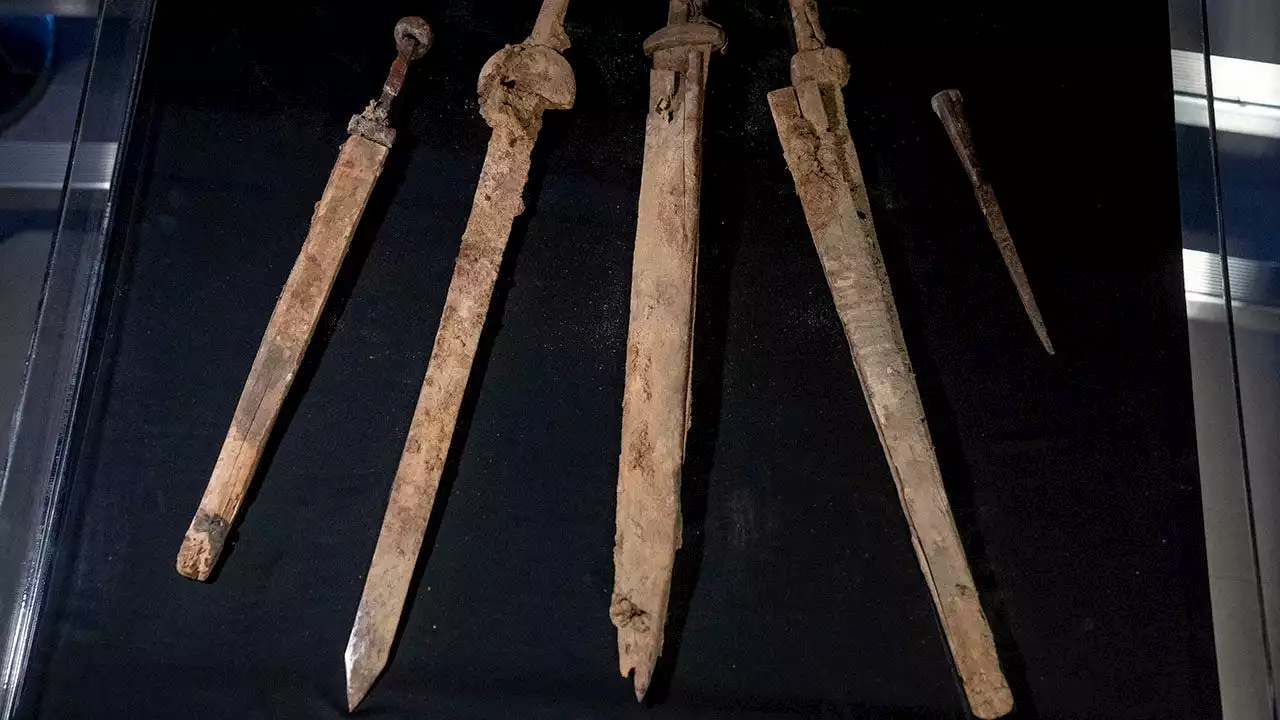A team led by Prof. Wang Guozhong and Zhou Hongjian from the Institute of Solid State Physics (ISSP), Hefei Institutes of Physical Science (HFIPS) of the Chinese Academy of Sciences (CAS) has successfully utilized surface roughness engineering of silicon-based nanomaterials to achieve efficient delivery of essential nutrients to crop leaves.
, reveal a new strategy for maximizing nutrient absorption in crops.
In this study, the researchers addressed the instability of certain fertilizers during application, such as the oxidization of ferrous element Fe to Fe, which plants struggle to absorb. They developed a pH-controlled oxidation-resistant ferrous foliar fertilizer delivery system using environmentally friendly silicon-based micro/nanomaterials as carriers.in crops and enhances crop yield.
In previous years, the team employed surface roughness engineering with nano-silica to create three new types of foliar nitrogen fertilizers with different surface shapes: solid, hollow, and sea urchin-shaped. Compared to typical foliar nitrogen fertilizers, these nanostructured fertilizers exhibited significantly higher adhesion on peanut and maize leaves, with adhesion abilities 5.9 times and 2.2 times greater, respectively.
México Últimas Noticias, México Titulares
Similar News:También puedes leer noticias similares a ésta que hemos recopilado de otras fuentes de noticias.
 Researchers use AI to find new magnetic materials without critical elementsA team of scientists developed a new machine learning model for discovering critical-element-free permanent magnet materials based on the predicted Curie temperature of new material combinations.
Researchers use AI to find new magnetic materials without critical elementsA team of scientists developed a new machine learning model for discovering critical-element-free permanent magnet materials based on the predicted Curie temperature of new material combinations.
Leer más »
 Researchers reversely trap isolated atoms in high oxidation to accelerate oxygen evolution reaction kineticsSingle-atom catalysts (SACs), representing the ultimate high atom utilization efficiency and specific activity, have arguably become the most active new frontier in heterogeneous catalysis. The technology of atom trapping based on support effects is a viable method for synthesizing SACs.
Researchers reversely trap isolated atoms in high oxidation to accelerate oxygen evolution reaction kineticsSingle-atom catalysts (SACs), representing the ultimate high atom utilization efficiency and specific activity, have arguably become the most active new frontier in heterogeneous catalysis. The technology of atom trapping based on support effects is a viable method for synthesizing SACs.
Leer más »
 Researchers searching for the habitat of a threatened fish first seen in Southeast Asian marketsA multi-national research team from Indonesia, Australia, and the United States, are hunting to find the home of one of the world's most endangered fish, the Clown Wedgefish, a fish so elusive that it has only ever been recorded at fish markets.
Researchers searching for the habitat of a threatened fish first seen in Southeast Asian marketsA multi-national research team from Indonesia, Australia, and the United States, are hunting to find the home of one of the world's most endangered fish, the Clown Wedgefish, a fish so elusive that it has only ever been recorded at fish markets.
Leer más »
 Researchers suggest turning over 50 D-FW office buildings into apartmentsIn a report titled “Converting Brown Offices to Green Apartments,” a working paper for the National Bureau of Economic Research, researchers at New York...
Researchers suggest turning over 50 D-FW office buildings into apartmentsIn a report titled “Converting Brown Offices to Green Apartments,” a working paper for the National Bureau of Economic Research, researchers at New York...
Leer más »
 Israeli researchers find 'four 1,900-year-old, excellently preserved' Roman swords in Dead Sea caveThe Israeli Antiquities Authority says researchers inspecting a cave near in the Dead Sea have found ancient Roman swords and a javelin head that have been well-preserved.
Israeli researchers find 'four 1,900-year-old, excellently preserved' Roman swords in Dead Sea caveThe Israeli Antiquities Authority says researchers inspecting a cave near in the Dead Sea have found ancient Roman swords and a javelin head that have been well-preserved.
Leer más »
 Researchers say 50 percent of black holes burp up star remains years laterA new unreviewed study claims that black holes can burp up star remnants several years after they eat them.
Researchers say 50 percent of black holes burp up star remains years laterA new unreviewed study claims that black holes can burp up star remnants several years after they eat them.
Leer más »
